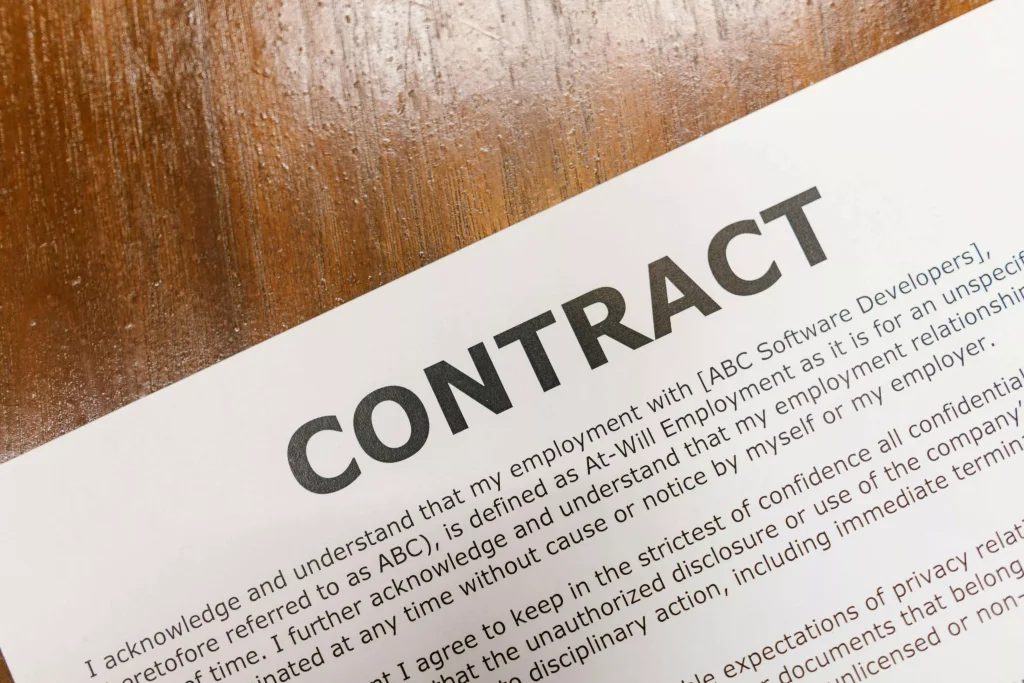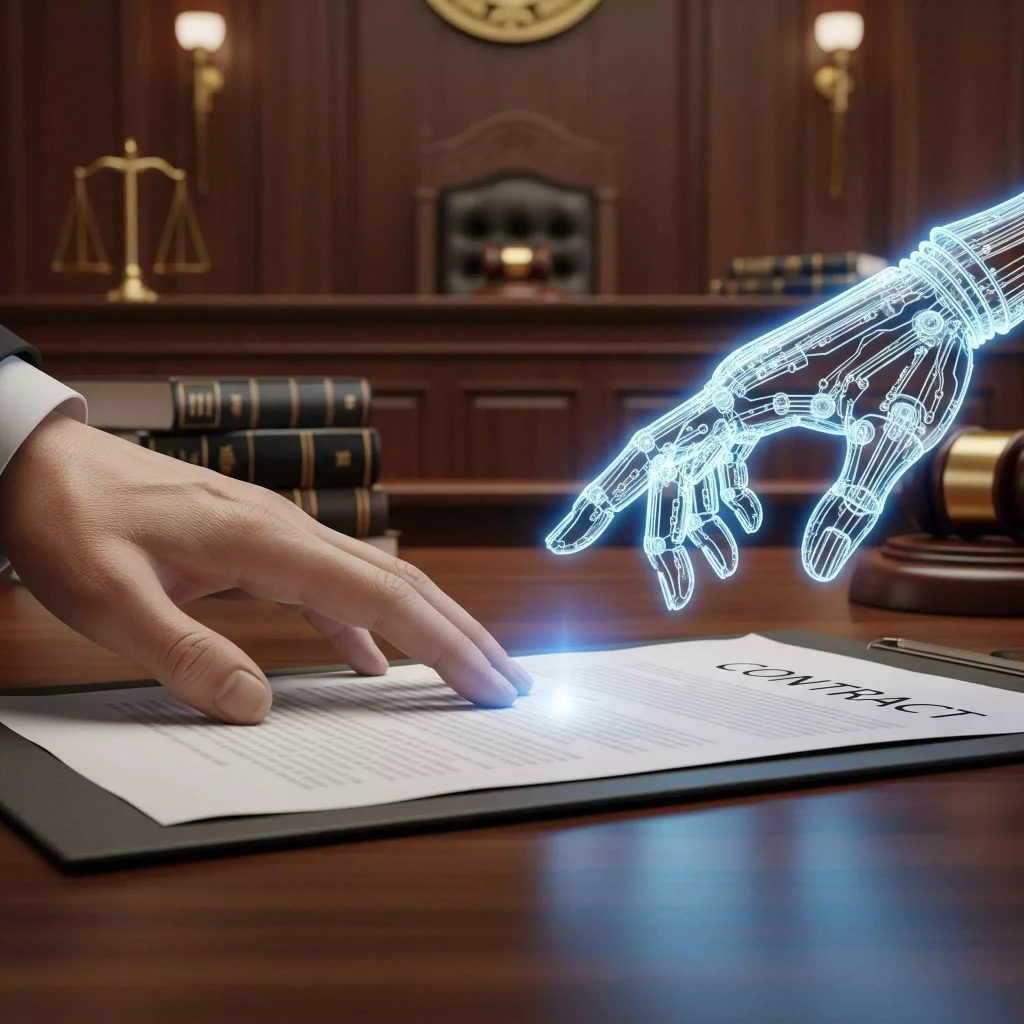Legal matters are often accompanied by stress, confusion, and urgency. Whether it’s a landlord dispute, immigration concern, business issue, or intellectual property filing, one of the most common client needs is information, fast, accurate, and personalized. But in the digital age, people want more than just static answers. They want clarity, context, and a plan of action.
This is where PNCAi offers a new standard of legal support. Using AI-powered tools combined with real-time human assistance, PNCAi responds to modern client needs with precision and care. It is not just a chatbot or a helpdesk, it is a hybrid solution designed to answer the most common legal questions quickly and thoroughly, while also connecting users to trained legal agents when needed.
Clients no longer need to schedule appointments days in advance or wait for callbacks. They want answers now, and PNCAi delivers. But more than speed, it offers relevance. The platform understands what clients are asking, what they’re feeling, and what they need to do next. Whether it’s filing paperwork, understanding legal timelines, or getting help with a court notice, PNCAi simplifies the process.
Let’s explore the most common legal questions clients ask and how PNCAi is built to answer them with efficiency, empathy, and digital precision.
What Does This Legal Document Mean?

One of the most frequently asked questions in the legal space is about document interpretation. Clients receive letters, notices, contracts, or forms they don’t fully understand. These documents are often filled with legal language that can be intimidating or confusing. The stakes are high, and misunderstanding even one paragraph could mean a missed deadline or incorrect response.
PNCAi solves this by allowing users to upload or describe the content of a legal document in real time. The Ai quickly scans for relevant context, highlights critical dates, explains important terms in plain language, and outlines the intended purpose of the document. For example, if a user uploads a lease agreement or a small claims court notice, PNCAi can immediately break it down section by section.
But it doesn’t stop there. Once the Ai has presented a simplified summary, users can choose to connect with a human legal agent for further review. These trained professionals validate the AI’s interpretation and provide tailored insight based on the client’s specific situation. This blended model of tech plus human removes the guesswork and offers clarity right when it’s needed most.
Whether the question is “What is this clause about?” or “Am I being sued?”, PNCAi removes ambiguity. The system provides more than a generic definition, it delivers personalized understanding.
Do I Need a Lawyer for This?

Not every legal situation requires full attorney representation. Many clients simply want to know where they stand, what their rights are, and whether legal action is necessary. PNCAi has been trained to identify whether a user’s situation is something they can handle independently or something that would benefit from formal legal advice.
By asking a few targeted questions, PNCAi determines the complexity of the issue. Is it a contract dispute or a criminal charge? Is it a missed rent payment or an eviction filing? Based on the user’s answers, the system gives practical guidance. For lower-stakes matters, it might suggest simple next steps or offer self-service resources. For more serious cases, it escalates the user to a human agent or provides a referral path to qualified attorneys.
This prevents clients from spending money on unnecessary consultations or delaying action when representation is critical. PNCAi bridges the gap between curiosity and commitment. It empowers users to make informed decisions without pressure.
Clients appreciate that they’re not being pushed into consultations prematurely. Instead, they’re given the tools to evaluate their situation first. That confidence is empowering and it often leads to better outcomes when professional legal help is eventually brought in.
How Do I Start a Legal Process?

Another common question is about initiating legal actions. This can include filing a dispute, responding to a claim, registering a business, or applying for a visa. Clients don’t always know what forms are required, what fees to expect, or which jurisdiction their case belongs to.
PNCAi addresses this by walking users through each step of the process in clear, simple language. Whether it’s a small claims filing or an LLC formation, the platform creates a tailored checklist. This includes required documentation, submission steps, deadlines, and cost estimates. It even explains how to fill out forms, who to send them to, and what to expect after filing.
This is especially helpful for users navigating government processes, where instructions are often vague and inconsistent across departments. PNCAi pulls from reliable sources and translates procedural complexity into user-friendly guidance. No more Googling forms and hoping for the best. No more long waits on hold with government offices. Just a straight path from “What do I do?” to “Here’s how to do it.”
If at any point users feel overwhelmed or uncertain, they can choose to connect with a legal agent for clarification or support. This dual system keeps the process moving without sacrificing accuracy.
Is My Deadline Approaching?

Deadlines are critical in legal matters. Missing one can result in denied claims, lost cases, or extra fees. Clients often have documents that mention court dates, response deadlines, or application windows, but they’re not sure what they apply to or how urgent they really are.
PNCAi includes smart calendar integration. When users share a document or type in dates from their paperwork, the platform calculates timeframes and sets alerts. It flags upcoming deadlines, explains the consequences of missing them, and suggests what actions must be taken before the date arrives.
For example, if a user has ten days to respond to a notice, PNCAi sends timely nudges as the window narrows. It also explains what type of response is needed, whether it’s a written statement, a payment, or an appearance.
These reminders create peace of mind. Clients feel like someone is keeping watch for them, even when life gets hectic. And because the system tracks multiple cases at once, users managing family or business matters can stay organized without additional stress.
This feature, backed by optional human agent check-ins, ensures no one misses a critical moment in their legal journey. In the digital age, reminders are more than helpful, they’re essential.
What Should I Say or Write?

Legal situations often involve written communication. Whether it’s responding to a demand letter, writing a dispute, or emailing an opposing party, clients want to get the wording right. The fear of saying the wrong thing, or saying too much, can be paralyzing.
PNCAi assists by drafting sample responses based on the context of the issue. It can help users construct professional letters, emails, or responses that follow legal etiquette and tone. Whether firm or conciliatory, every message is shaped for the appropriate audience. Templates include introductory statements, factual background, proposed resolution, and sign-offs.
Clients can edit the drafts and ask for rewrites before sending. The Ai ensures tone, grammar, and structure are consistent. Once the draft is approved, users can even have it reviewed by a human agent for added confidence.
This feature is especially helpful in emotional situations like family disputes or tenant issues, where tone matters just as much as content. PNCAi neutralizes stress and provides clients with language that is both respectful and effective.
It’s not just about writing something, it’s about writing the right thing. And with PNCAi, clients no longer face that challenge alone.
What Happens Next?

The final, and perhaps most human, question clients ask is: What happens now? Once a case is filed or a letter is sent, the waiting begins. But with that wait comes anxiety, speculation, and endless “what-ifs.” Clients want to know what to expect and when.
PNCAi responds by giving a clear preview of possible outcomes and estimated timelines. For example, if a small claims case is filed, the system explains what stage comes next: response by the other party, mediation, trial date, and potential resolution. It outlines not just the events, but the reasoning behind them.
When used over time, this creates a living roadmap. Clients don’t just track where they’ve been, they see where they’re going. And when changes happen, the system adapts and notifies them instantly.
With support from real agents who are trained to offer updates and answer new questions, PNCAi becomes more than a case tracker. It becomes a trusted partner.
The Human Touch Behind the Ai

What makes PNCAi truly different is the fusion of technology and human support. Ai offers speed and efficiency. Humans offer empathy and context. Together, they form a system that is responsive, compassionate, and smart.
Clients can start their journey with Ai, gather information, and escalate to an agent only when needed. This saves time and improves accuracy. Agents are available not to replace the Ai, but to reinforce it. They step in when nuance matters, when the law is grey, or when emotion needs attention.
This system respects the client’s time and intelligence. It avoids overloading them with detail. It lets them lead their experience. And it provides peace of mind that if something doesn’t make sense, someone is always ready to help.
Ready to take the stress out of legal questions? PNCAi offers smart answers and real help in one seamless platform. Get started today and let us connect you with clarity, confidence, and support. Contact us now.



